Zamboanga City hopeful for tourism recovery amid border relaxation
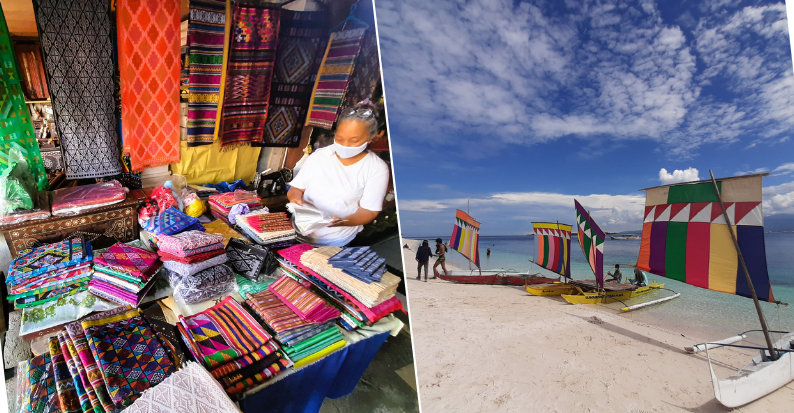
Tourism frontliners in Zamboanga City are optimistic that Asia’s Latin City will continue to recover as more tourists come in amid relaxed quarantine restrictions.
The tourism industry in the city is among the badly hit sectors due to the COVID-19 pandemic. Majority of travelers come to the city for vacation or leisure, according to the tourism office.
Huraida Malik, a tour guide and native of the city’s Once Islas (Eleven Islands), said the lockdowns had greatly affected their livelihood. She said she’s lucky to have enough savings, which she used to put up a little sari-sari store at the height of the pandemic. But for many of her fellow tour guides, it was difficult for them because their source of income had shut down.
“Malaking epekto kasi nahinto ’yung pangkabuhayan namin tapos ’yung mga bangka namin, wala ding kita, natambay din,” she said in an interview with GMA News Online.
“’Yung iba, nahirapan po talaga ’yung mga kasamahan ko kasi ’yung iba may apat na anak, may limang anak, nahirapan talaga sila,” added Malik, who is also a single mother.
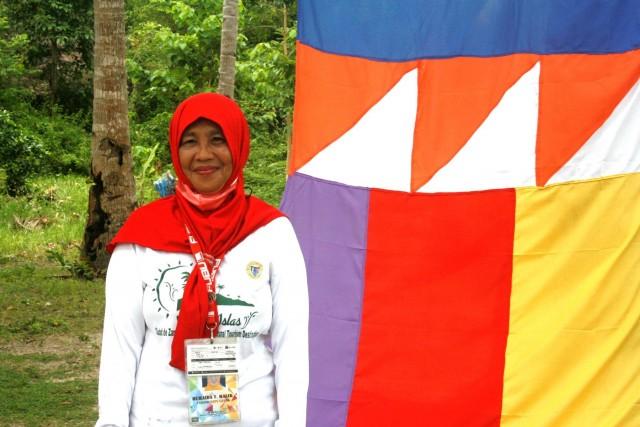
As president of the Once Islas tour guide association, Malik said she and her fellow tour guides were thankful and excited now that more and more guests had been visiting the islands as this meant their livelihood was back on its feet.
“Hopeful po talaga kami, nasayahan po kami kasi dumarami na ulit ’yung mga turista na pumupunta sa amin. At saka malaking opportunity sa amin ’yung tulad niyo na bumisita sa amin kasi malaking tulong na ma-promote,” she said.
Once Islas is among the top tourist destinations in Zamboanga City. It is an eco-cultural and tourism destination situated off the Moro Gulf. The jump-off point is at a mini-pier in Barangay Panubigan, just about an hour away from the city proper. The tour is open daily from 7 a.m. to 2 p.m. except on Mondays and Fridays. Prior coordination with the local tourism office is required before going on a tour as the city limits the number of guests in a day.

As the name suggests, Once Islas is composed of 11 islands: Sallangan, Lambang-lambang, Kabugan, Lampinigan, Panganak, Baguias, Buh-buh, Simaddang, Sirommon, Baung-baung, and Bisaya-bisaya. Of the 11, only the last three are open to tourists.
Each island is surrounded by fine white sand shores and pristine blue waters, and the area also boasts rock formations and natural infinity pools. Guests can enjoy activities such as kayaking, trekking, swimming, and snorkeling. The islands are mostly inhabited and maintained by members of the Sama-Banguingui tribe, who can prepare meals for guests upon request.
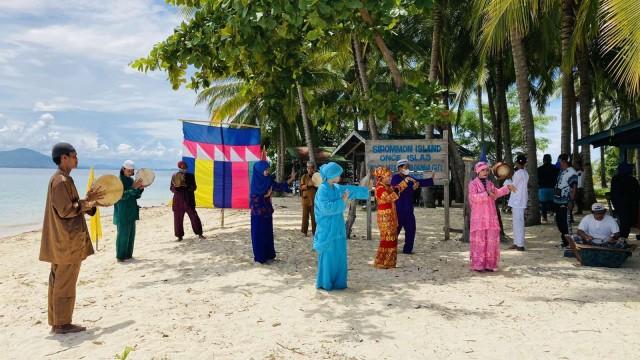

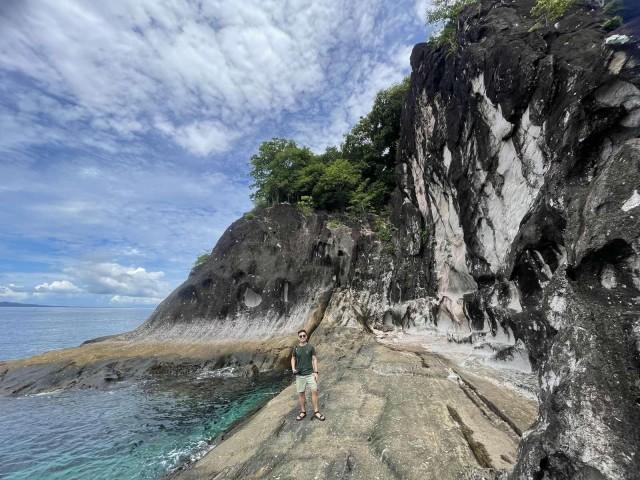
Making ends meet
More than 30 kilometers away, Vanessa Taup of Great Santa Cruz Island relied on crafting and selling souvenir items to make ends meet for her family of eight. However, when border restrictions were imposed and consequently hampered tourism operations, she and her husband had to look for other means to support the family.
She said she had to collect seashells and seaweeds, some for their meals and others to make into accessories and sell in the city mainland. Meanwhile, from being a boat operator for tourists' trips to the island, her husband Hairal had to go fishing for them to survive.
“Apektado lahat ’yung mga operators, ’yung mga guide at mga paddlers din. Wala talaga. Damay kami dito lahat. Pareho talaga lahat, walang hanapbuhay,” Taup said.
“Naramdaman namin na parang na-down talaga kami. Na-realize ko na kung ganito na lang palagi hanggang ilang taon pang matigil [tourism operation], kawawa kami. Apektado kami lalo na sa pagkain, kumakain na lang sa umaga tapos gabi na ulit kakain,” she said in her native language.
Now that the city is easing its restrictions on tourists, Taup said she was relieved and hopeful that more tourists would come and visit the island and that the tourism operations would resume.
“Happy talaga parang ’yung dumaan na pandemic sa amin parang nahimasmasan din ’yung mga lungkot namin at mga problema namin. Kasi alam namin sa ganitong sitwasyon na bumabalik na ulit ang turista, parang nararamdaman na namin at hindi na kami mahihirapan ulit.”
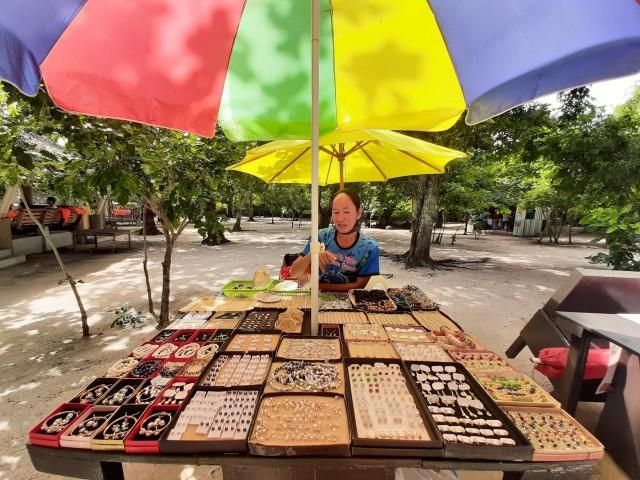
A 15- to 20-minute boat ride from Paseo del Mar in the city proper will take you to Santa Cruz Islands, which are made up of two: Great and Little. As both are declared protected landscape and seascape, a ban on single-use plastics is strictly implemented by the Protected Area Management Office (PAMO) and the number of guests allowed is limited. Great Santa Cruz Island is open to tourists from 7 a.m. to 2 p.m. while Little Santa Cruz Island is off-limits.
Both islands are surrounded by pinkish-white sands and crystal-clear blue waters. The famous pink beach is a result of pulverized red organ pipe corals washing up on the shore and mixing with the fine white sand. Great Santa Cruz Island was recognized one of the 21 best beaches in the world by National Geographic in 2017, and it is considered the banner destination of Zamboanga City.
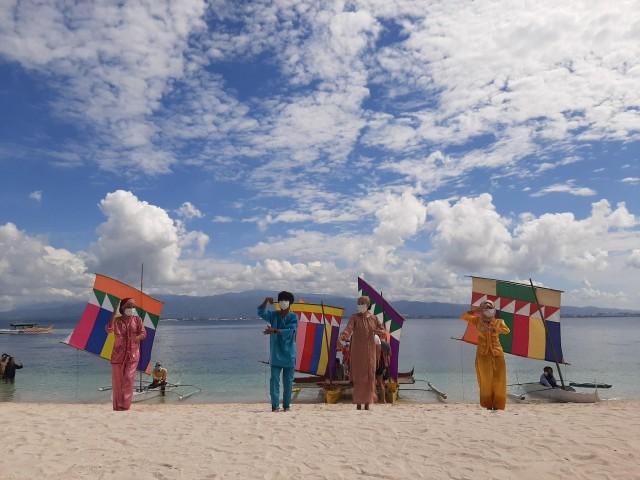

Keeping the culture alive
Local indigenous weavers were also among the affected groups because they relied on tourists as their customers. Evelinda Otong-Hamja, a fourth-generation weaver at the Yakan weaving village, said it was difficult for them to survive until they decided to weave face masks to not only sustain their living but also to keep their culture alive.
“Malaki [ang epekto ng pandemya]. Kasi una ’di namin alam kung ano ang gagawin until na dumating ’yung mga naghahanap ng [face] mask. Ayun gumawa na kami tapos marunong na rin po kami magbenta sa social media,” said Otong-Hamja, who learned the intricate process of tennun weaving at the age of 7.
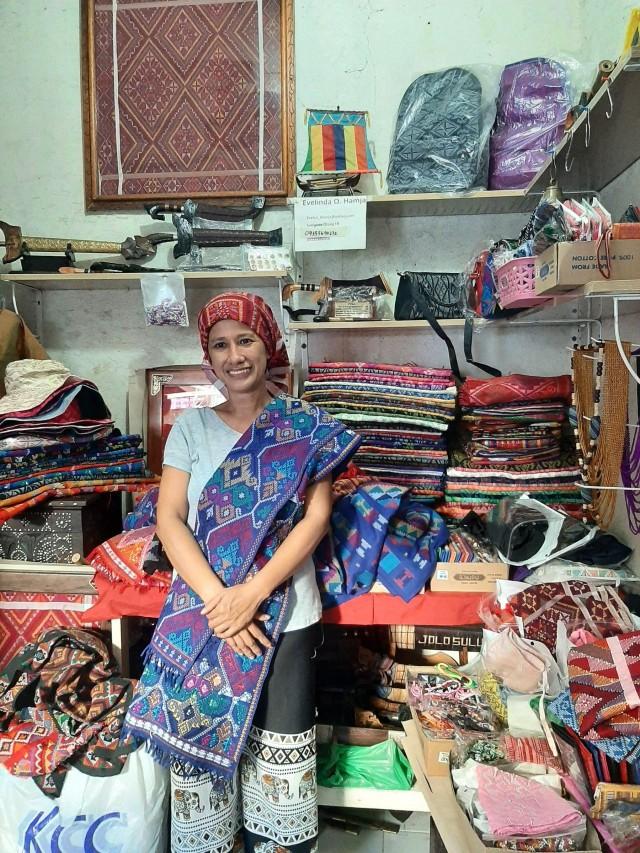
The Yakan weaving village, among the must-visit places in Zamboanga City, is a small community located in Upper Calarian, just within the city proper. When Yakans settled in Zamboanga City from Basilan, they brought with them their traditional art of tennun weaving.
The Yakan tapestry is known for its colorful traditional patterns. Ontong-Hamja said the inspiration behind their designs came from nature as Yakans were known to be nature lovers. The village isn’t just a place to buy souvenir handcrafted products, but it is also home to tradition and culture passed on and kept alive by hardworking Yakans.
Otong-Hamja said she kept the art alive by teaching her children as young as 7 years old the process of weaving. She said she wanted her children to understand the tradition of her people.
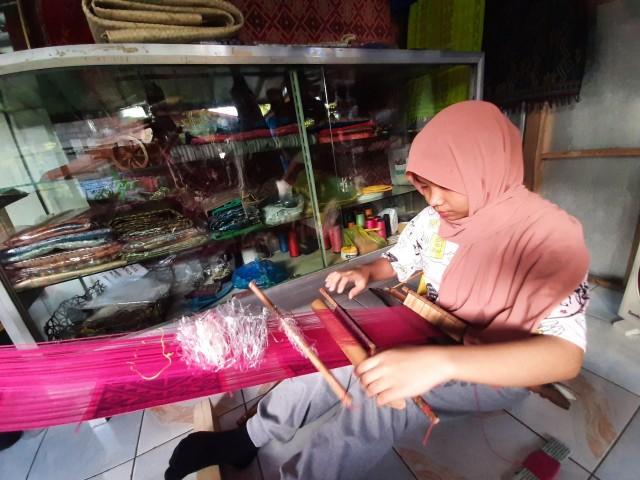
Traveling to Zamboanga City
The local tourism office of Zamboanga said the city was prepared for the influx of tourists as the city remained under COVID-19 Alert Level 1.
Zamboanga city tourism officer Sarita Sebastian said the city was hopeful that it would achieve total recovery of its tourism industry. She said her office was boosting their social media campaign to invite local and foreign tourists alike.
“Because of the pandemic, we tried another strategy that has been implemented by the city—of boosting the social media campaign. And apart from that, we try to get in touch with my counterparts, the other tourism officers in the country, and also, we get in touch with different embassies so that telling them that Zamboanga City is very much ready as far as visitors and tourists are concerned,” Sebastian said in an interview with the media.
Among the COVID-19 safety precautions being implemented by the local government is making sure that tourists’ vaccination cards are checked from their point of origin. Meanwhile, a negative RT-PCR test result is required for unvaccinated individuals. Tourists who will show COVID-19 symptoms upon arrival will undergo quarantine.
“I had a meeting with the different airline operators, especially their managers. I really tell them to make sure sa counters from the point of origin, they should check the vax card,” Sebastian said. “One of our programs is that we really remind our hotels, our tourism providers, different tourism providers to really make it a point to remind our guests to practice the health and safety protocol,” she added.
The tourism office is targeting about 15,000 to 20,000 monthly tourist arrivals and full recovery of their tourism industry before yearend. All of the city’s tourist destinations are now open to the public under COVID-19 Alert Level 1, according to Sebastian.
She also assured that security in the city should not be a problem for tourists as her office was in constant communication and coordination with the local police and military.
Jessica Fabrigas of the city tourism office said the office was conducting capacity building and evaluation on tourism frontliners as it prepared its campaign, especially for the Zamboanga Hermosa Festival, the annual celebration in honor of Our Lady of the Pillar, the patroness of Zamboanga City.
Fabrigas hoped that the upcoming festival in October would draw more local and foreign tourists to the city and surpass the almost 300,000 travelers recorded in 2021.
“Ipagpapatuloy namin ang massive campaign namin especially sa Zamboanga Hermosa Festival. That is the best time to come to Zamboanga every October kasi nandiyan si Regatta [de Zamboanga], nandiyan ’yung sardines eating sa kalye, so [is] our street dance depicting the different cultures of Zamboanga,” she said.
Among the city’s top tourist destinations include Museo de Zamboanga, Fort Pilar, Taluksangay Mosque, and the Merloquet Falls.
For queries and more information, visit the Facebook page of Zamboanga City Tourism.
This story is produced through AirAsia Philippines’ Route Story Conference which aims to promote destinations and aid in the recovery of tourism hubs across the country. – RC, GMA News




